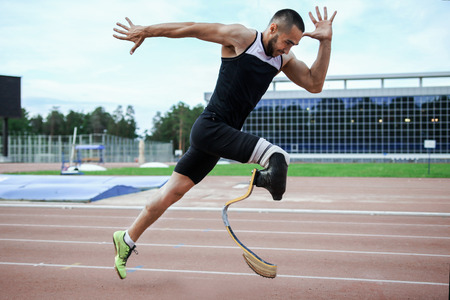Note that your final mark will not be saved in the system.
2.1.a. Engagement patterns and current trends in physical activity and sport Typeit
Type the correct answers into the spaces. Fill all the spaces before clicking ‘Check Answers!’

Sports participation and engagement can be influenced by numerous factors, and each of these factors can influence particular groups in society in different ways. Let's explore these in further detail.
There are certain sports that are labelled as 'masculine' or 'feminine', depending on the type of activity they involve and the culture that surrounds them. This is an example of a issue affecting sports participation. For example, boxing and rugby are physically demanding sports which can often be violent; therefore, the nature of these activities is associated with males and their greater capacity to withstand the physical aspects. This overgeneralisation that physical sports are more appropriate for males is an example of stereotyping. On the other hand, sports more associated with female participation, such as netball and ballet dancing, may leave males who want to pursue these sports feeling against. The expectation that some sports or activities should be played only by a specific gender could prevent an individual from going against these beliefs and trying out new sports.
can influence the engagement patterns of sport participation by setting a good example for others. Elite athletes can play a significant role in inspiring the public to take up sport and physical activity. For example, coverage of sporting events has the ability to place elite athletes in the spotlight for novices to follow their footsteps. Unfortunately, this might not cover a diverse range of athletes for certain social groups in society to relate to and be inspired by. For example, minorities are underrepresented in sport, and so the relative number of elite athletes from these backgrounds is even lower. The of these groups in society may also present a barrier for participation, such as commitments to festivals, rituals, and clothing that restrict their participation. Increased coverage of the Paralympics over recent years has made a positive step forward for people with to get involved in sport, and while we are also seeing more female sport on TV, such as the 2019 Women's Football World Cup, this is still a long way below the coverage of male sports, and so still needs to be worked on.
A lack of opportunity and of facilities, as for individuals who live in rural areas and have to travel further, may also lead to reduced participation rates. This can also be an issue where conditions prevent travel on roads, such as snow, or participation outdoors, such as frozen or flooded pitches. Transportation issues could also affect young children who rely on their parents or other family members for this. These might not always be available due to other family (e.g. looking after other siblings). To overcome this, it is important that young children are in school and engage in sports and physical activities which they can continue with into adult life. Full-time working adults often have to work eight or more hours a day, reducing the amount of available to take part in sport and physical activity. Furthermore, an individual's -economic status could affect their income, which may present a barrier to participation if clubs require membership fees or specific clothing and equipment. Older adults who are retired may also suffer from lack of money to participate, but also face another issue in the decline of fitness levels with and, therefore, a decline in the ability to exercise safely.